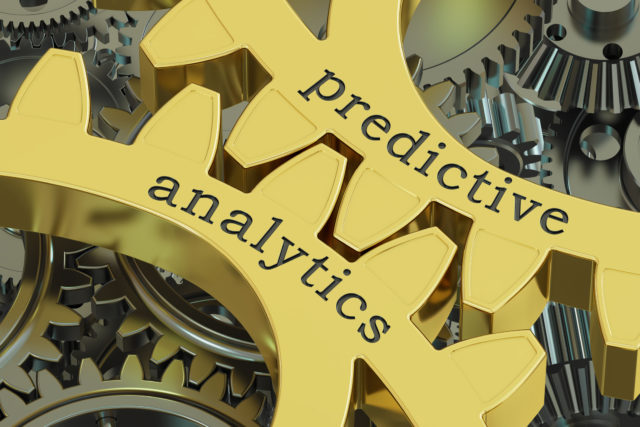
Hospitals’ AI adoption has exploded during the past decade, with predictive analytics being one of the most prevalent use cases. Predictive algorithms have become widely used due to their ability to forecast patient outcomes, optimize treatment plans and enhance clinicians’ overall decision making.
Executives from Geisinger and UNC Health discussed the most impactful ways they have deployed predictive AI across their health systems during a virtual panel held Thursday by Bright Spots in Healthcare. At Geisinger, these predictive algorithms are reducing avoidable emergency department admissions, and at UNC, they are helping to identify sepsis before it becomes severe.
Karen Murphy, Geisinger’s chief innovation and digital transformation officer, said that many of her health system’s innovation efforts focus on “the problem of chronic disease management and population health.” To address this issue, Geisinger created a risk stratification model to identify patients with chronic diseases who are at the highest risk of an adverse event or emergency department admission.
Geisinger is an integrated delivery network, meaning that it comprises both a clinical enterprise and a health plan. When creating its risk stratification model, the health system made sure that the tool could “work hand in hand” with the health plans’ case managers and population health managers, Murphy said.
The idea driving Geisinger’s model is that care teams need to know the right patients to focus on at the right time. The analytics tool helps Geisinger’s case managers, who have already been into the homes of the sickest patients, know when patients require more serious medical intervention, Murphy explained.
“We developed a risk stratification model that incorporates over 800 factors. The prediction we’re trying to make is which patients are at the highest risk for admission over the next 30 days. And that model is then shared with the assigned case manager: these are your patients that are at the highest risk, reach out, explain why, and then implement the necessary interventions to prevent that ED or hospital admission,” she declared.
Geisinger has been working on this model for more than a year. When the health system recently looked back to see how well the model worked over 60 days, it saw a 10% reduction in avoidable emergency department visits and hospital admission among its patients with chronic conditions, Murphy said.
Over at UNC Health, predictive AI is being used to make sure inpatients who get sepsis are immediately treated for the condition. Rachini Moosavi, UNC Health’s chief analytics officer, pointed out that sepsis can quickly escalate to a fatal level and clinicians need tools to help them intervene as soon as possible. It is estimated that 11 million people worldwide die from sepsis-related issues each year.
Aware of the need to prevent sepsis deaths, UNC began trying out predictive models to flag the condition in 2018, Moosavi said.
“We were looking at the models that were already available to us, and some of them triggered an alert 10 times within our EHR system that a patient might actually have sepsis. That kind of level of false positive alerting starts to add to alert fatigue,” she explained.
To avoid alert fatigue and the exacerbation of clinician burnout, UNC decided to create a custom model for sepsis detection. Oftentimes, health systems need to deploy their own data teams to create bespoke predictive algorithms instead of relying on commercial models because internal personnel have the best knowledge of clinicians’ workflows, Moosavi declared.
Photo: AlexLMX, Getty Images








